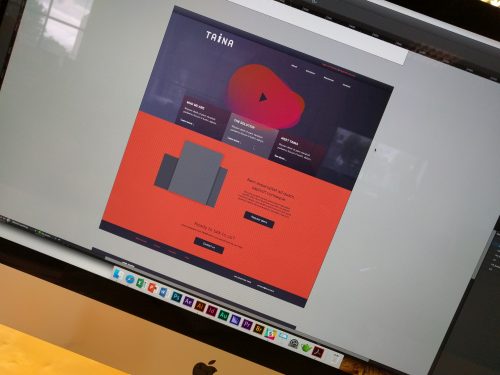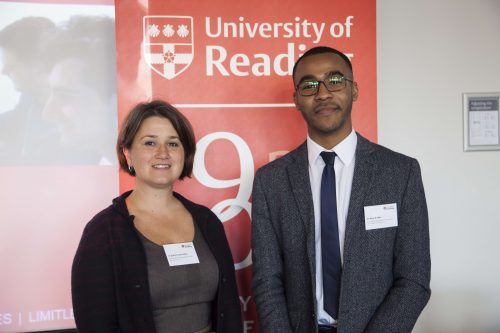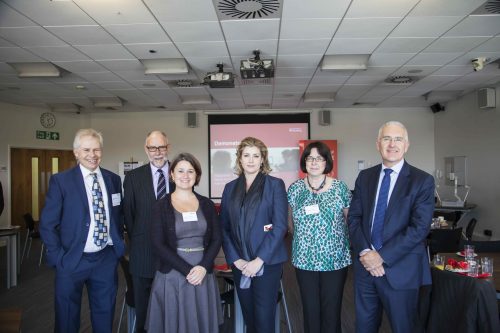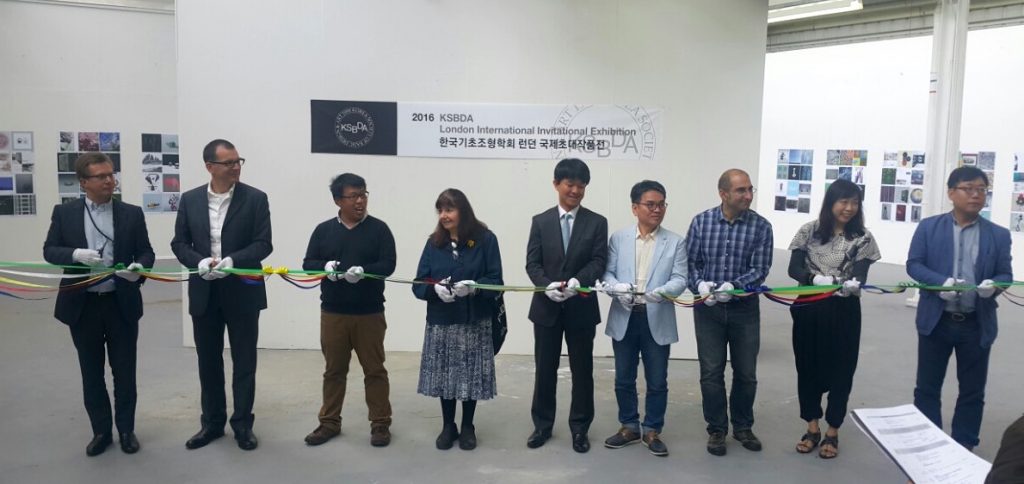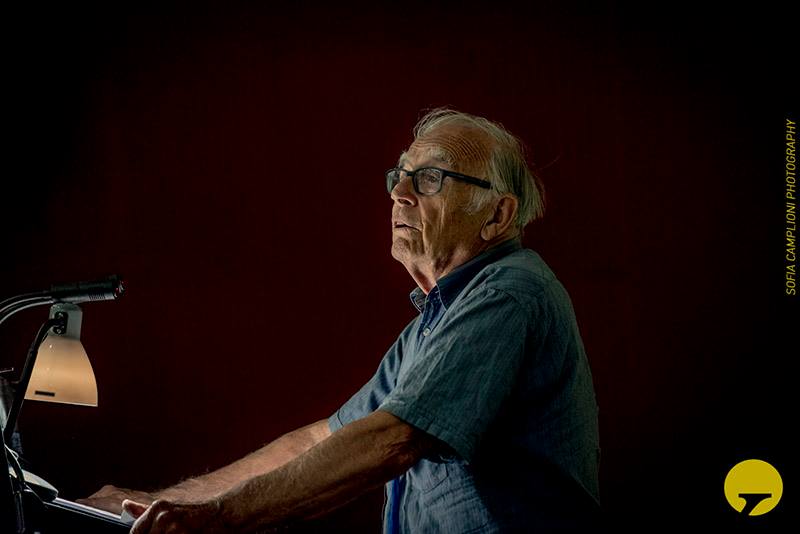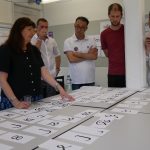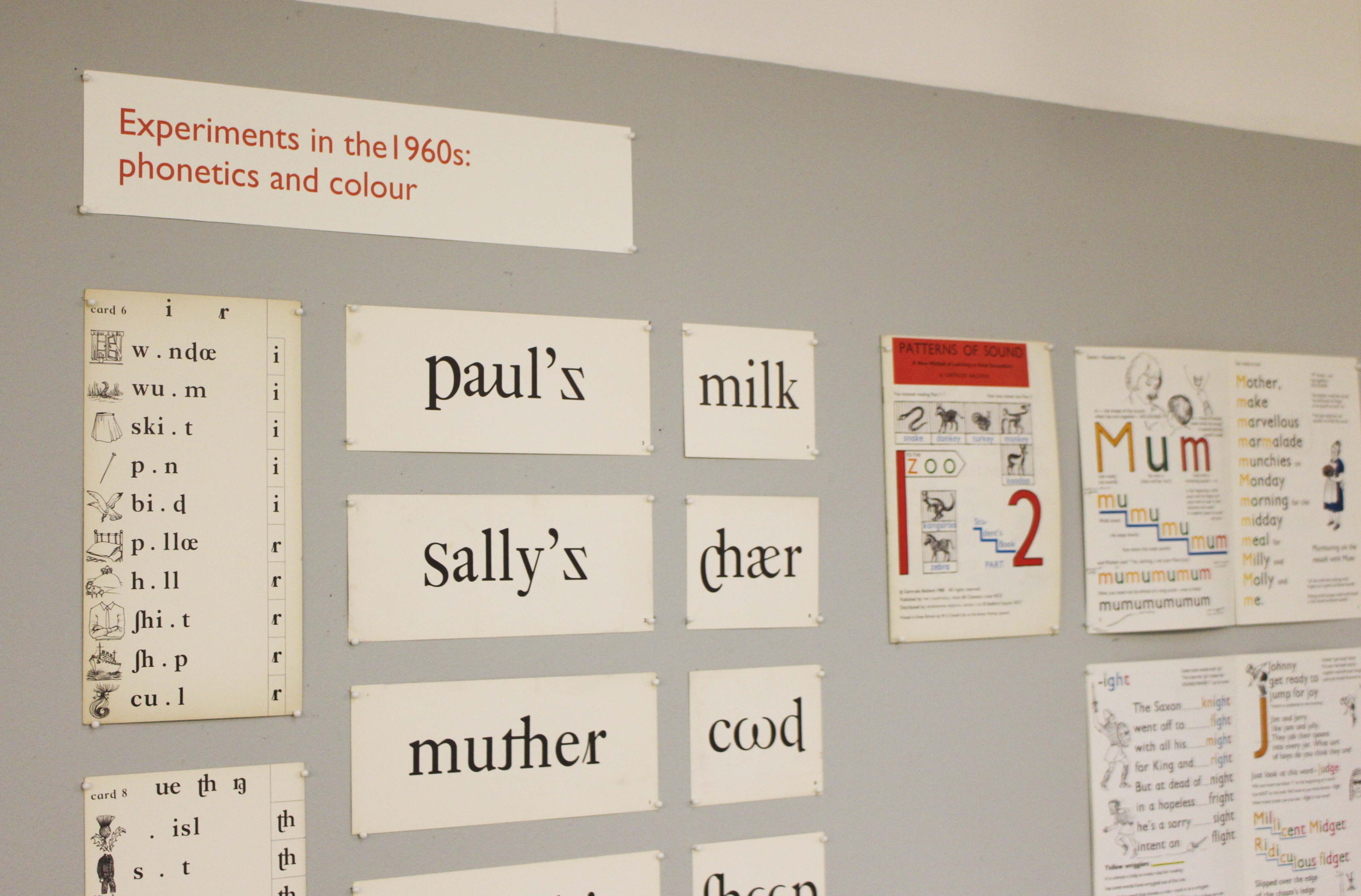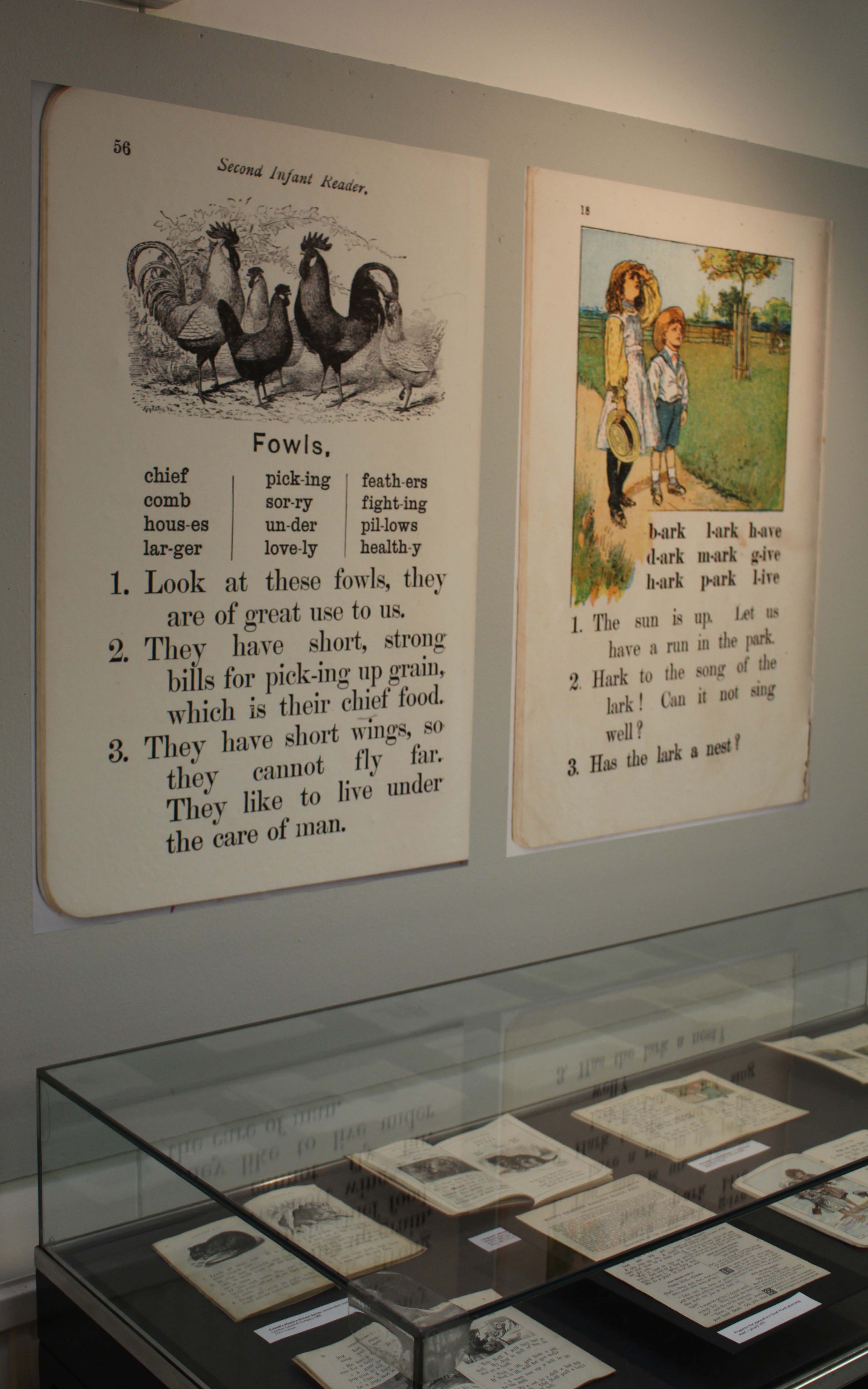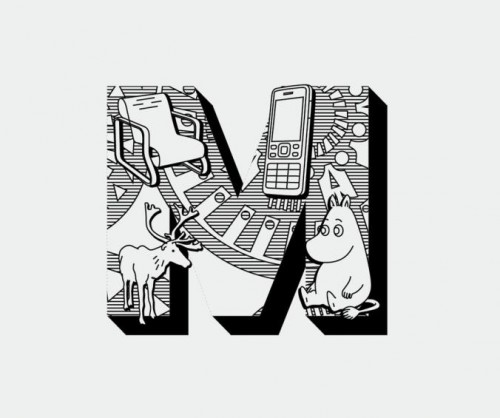
Part 3 Typography students en route to Ravensburg
Erasmus-supported Teaching Fellow, Sara Chapman and nine of our Part 3s spent Week 6 in Duale Hochschule Baden-Württemberg (DHBW) in the mediaeval town of Ravensburg, Germany.
Students from both Reading and Ravensburg were working on the same ‘New Blood’ briefs from the D&AD 2017 competition.
Everyone enjoyed a very creative, inspiring and positive week away, during which both students and teachers were able to share skills and approaches.
After an intensive week working together in the shared studio space — sometimes up to ten hours a day — each student made a short presentation to the group about their project.
Students from Reading found that the Ravensburg emphasis on idea generation and conceptual thinking generated some unusual responses. Solutions tended to include a wider variety of multi-media outputs such sculpture, installation, and film making, as well as graphics. In comparison, the Reading approach was more pragmatic and decisive; we have a tendency to identify problems quickly, and use quite tight processes to solve them.
Whilst the Department has enjoyed an individual student exchange relationship with Ravensburg for some years, this was a new development in that a greater number of students could experience a short time in Germany, that complimented their degree studies. We hope to invite German students on a return trip, and also to repeat the collaboration in Spring 2018.
We are grateful for the support from the Ernest Hoch fund for covering the students’ competition entry fees and IMAGINE for covering the students’ travel costs.



